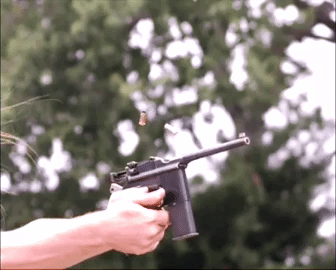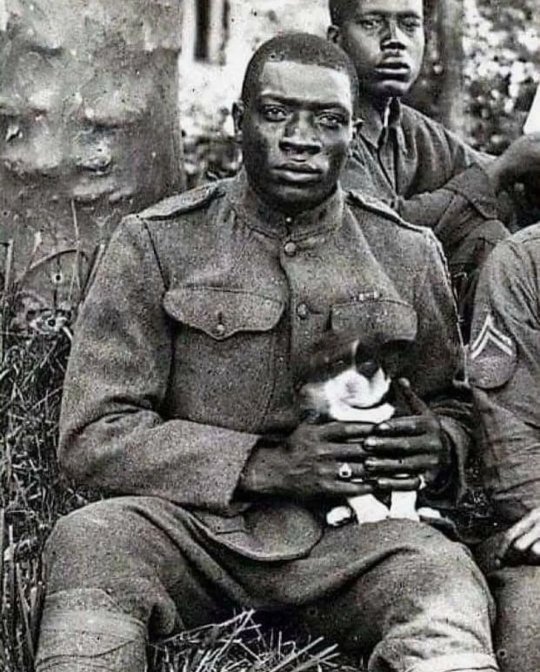#WW1 History
Explore tagged Tumblr posts
Text

Knowledge Wins - Public Library Books are Free, American Library Association (1918)
#american library association#vintage poster#war propaganda#posters#books & libraries#library#books#books and reading#public libraries#public library books#public library#ww1 history#ww1 art#wwi history#wwi art#ww1#wwi era#ww1 era#world war 1#world war one#first world war#1st world war#illustration#vintage
9K notes
·
View notes
Text

Siegfried Sassoon, counter attack
#i’m actually going insane#i’m exploding#i’m so mentally ill#i’m autistic#and i’m making you all read this because you need to be too#ww1 history#ww1#wwi#world war i#world war one#world war 1#poetry#siegfried sassoon#war literature#literature
2K notes
·
View notes
Text

506 notes
·
View notes
Text



The "Box cannon" C96 mauser
#c96#c96 mauser#box cannon#german firearms#firearm history#gunshot#firearms#ww1#ww1 history#classic firearms#historical firearms#historical#peter paul mauser#mauser history#mauser firearms#german engineering
594 notes
·
View notes
Text


The sun and son of Arabia
Watched "Lawrence of Arabia" for the first time and i had to make something. I had a vision but dont know if i executed it correctly
#t e lawrence#myart#fanart#ww1#ww1 art#ww1 history#lawrence of arabia#loa#sherif ali#omar sharif#peter o'toole#seven pillars of wisdom#david lean#60s movies
707 notes
·
View notes
Text
Black History Month

A member of the Harlem Hellfighters (369th Infantry Regiment) poses for the camera while holding a puppy he saved during World War 1, 1918.
The Harlem Hellfighters was a regiment made up of decorated Black soldiers who fought as part of the French army because the U.S. did not allow Black soldiers to fight alongside white soldiers. The French accepted the Harlem Hellfighters with open arms and did not racially segregate them.
During World War 1, they fought on the front lines for 191 days, longer than any other American unit. And as a result, suffered the most casualties of any American regiment—losing approximately 1,500 men. Despite the heavy death toll and the poor replacement system, the Harlem Hellfighters never lost a trench or a foot of ground to the enemy; none of them became prisoners of war. Not only were they one of the most successful regiments of World War 1, but they also helped bring Jazz to France.
Upon returning home, the Harlem Hellfighters received a welcome parade in New York City; a privilege that was denied to them before they had left for war. However, the celebrations were short lived as the summer of 1919 became known as the Red Summer, in which the country saw some of the worst racial violence since the Civil War.
The Harlem Hellfighters who dreamed of returning home to a place that would finally treat them with respect and as equal human beings, quickly realized that nothing had changed at all.
#black history month#black history matters#black history is world history#black history 365#history#black is beautiful#black is gold#black is divine#black people#melanin#problack#interesting#facts#ww1 history#black excellence
1K notes
·
View notes
Text


In memoriam book fanart cause I love them
“My dearest, darling Sidney,”
There was nothing else. Only dead white paper, blank and meaningless. A comma, followed by nothing. Death summed up by grammar.
Elwood mouthed the words. “My,” just the word “my” would have been enough to live on, if Gaunt had ever called him that to his face.
“He never called me Sidney. Not once, in five years.”
#in memoriam#alice winn#sidney ellwood#henry gaunt#books#drawing#artwork#ww1 art#ww1 history#ww1 fiction#ww1#british soldiers#queer
378 notes
·
View notes
Text
Dudes who are way too into WWII history have nothing on the ao3 writers putting a bitchy edwardian gay man through ✨️Historically Accurate Horrors✨️ for the sake of character development.
Dudes who are entralled by the idea of being some sort of glorious war hero are making WWII history half their personalities by watching countless movies and documentaries, falling down wikipedia rabbit holes, and going to museums.
A bunch of middleaged women who enjoy watching a Masterpiece Classic series on their regional public broadcaster saw this evil queen who was just one among a massive ensamble cast and decided that they were going to make his story better by rewriting it with obscene levels of research done casually in their downtime. The ladies are obtaining copies of the RAMC handbook from 1914, reading countless eyewitness accounts of several naval battles from both sides, learning not just how a certain regiments uniform went together, but the most common mistakes their wearer might make in donning it. These diabolical fic writers are setting aside time to go to physical archives, reading period medical journals, and meteorological reports, then citing their sources in the chapter end notes. Just wait until you get smacked in the face with the chapter end note apologising for the historical inaccuracy when a timeline was altered just slightly for the sake of plot, with a detailed description of what actually would have happened. They're SO into it, and all the while doing everything they can to let the reader know that there is no glory in war, only horrors and bodies thrown carelessly into a meat grinder by powerful men. They show you this loss through characters you love, then give you a list of resources where you can see the records of the countless real people that it all actually happened to, lest you be lulled into thinking this was just a story.
Dudes who get way into WWII history have absolutely NOTHING on Downton Abbey writers on ao3 man. One will tell you about a cool documentary on tanks they watched, and the other will grab you by the hair and press your face into a stack of documents written in blood and mud.
#downton abbey#thomas barrow#downton abbey fanfic#downton abbey fan fiction#fanfic#fan fiction#ao3#ww1 history#ww1#ww2 bros#wwi history
185 notes
·
View notes
Text

Highland Dance by men of the 8/10th (Service) Battalion, The Gordon Highlanders outside Arras Cathedral, 24 January 1918.
#ww1#ww1 poetry#ww1 history#history#historical photos#american history#military history#world war i#world war one#the great war#The First World War#the great war 1917#historical photography#photography#vintage photography
833 notes
·
View notes
Text

attack of the dead
269 notes
·
View notes
Text

++ Imperial China Mechanised Infantry ++
my fanart for a Chinese heavy infantry unit in trench crusade, referencing Mike Franchina's new antioch mechanised infantry art (my fav from him!) what do you think?
#military#trench crusade#trench pilgrims#warhammer 40k#grimdark#ww1 history#ww1#world war 1#plate armor#full armor#fantasy art
141 notes
·
View notes
Text



A few more things to extend from yesterday’s post. This time it’s Jonathan and Dio :3
#jjba#jojo's bizarre adventure#jojo no kimyou na bouken#jjba part 1#phantom blood#jjba fanart#jojo fanart#jonathan joestar#dio brando#ww1 history#ww1 fiction#jjba au#jjba ww1 au#I don’t remember if soldiers wore tank tops or not during physical training during ww1 lol sorry#my art#traditional art#doodle#sketch
94 notes
·
View notes
Text


#ww1 tanks#tanks#tank history#ww1 history#firearm history#ww1#armoured vehicle#tank battle#battle#world history#world war one
294 notes
·
View notes
Text

WWI, 1 May 1918; A Machine Gun Corps post in a barn near Haverskerque, The Battle of the Lys (Operation Georgette).
#wwi#ww1#the great war#british army#british soldiers#war history#photography#tumbler#1910s#first world war#world war 1#world war one#world war i#heavy machine gun#machine gun#great war#tumblr#soldiers#wars history#wwi era#ww1 history#wwi history#circa 1918#1918#history
230 notes
·
View notes
Text
E.M Forster and Siegfried Sassoon were doing top/bottom discourse about their mutual friend T.E Lawrence back in 1924 by the way if you even care

121 notes
·
View notes
Text

British troops breakthrough the formidable Hindenburg Line and bring supplies across the dried up Canal du Nord - 27th Sept 1918
85 notes
·
View notes